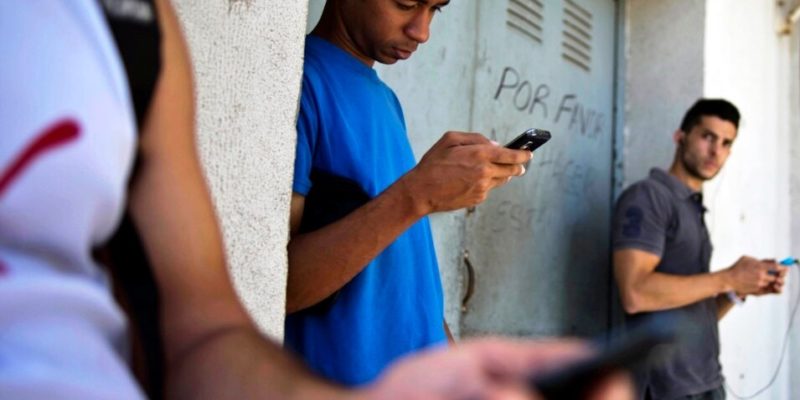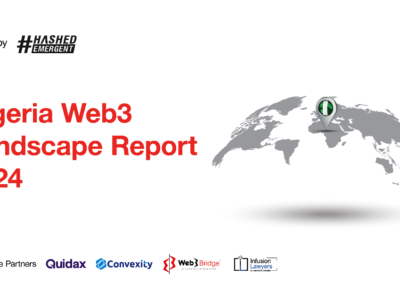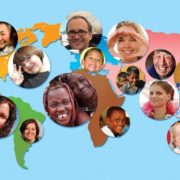Analysis on Internet traffic and 5G network coverage highlights the gaps between high-income and low-income countries.
Steady but uneven progress in global Internet connectivity highlights the disparities of the digital divide and is leaving people in low-income countries behind, according to the International Telecommunication Union’s (ITU) Facts and Figures 2023.
RELATED: Three decades of digital explosion: Internet soars to 1.88b websites and counting
Analysis on Internet data usage, featured for the first time in ITU’s annual connectivity report, shows that fixed-broadband services accounted for over 80 per cent of global Internet traffic in 2022.
The volume of Internet traffic across fixed-broadband networks, which remain common in office and home settings, far exceeds that of mobile-broadband networks.
But the dominance of the fixed networks underscores the global connectivity disparity between high- and low-income countries, with only one fixed-broadband subscription per 100 people in low-income countries due to high prices and a lack of infrastructure.
“The further and faster technology advances, the more urgent our mission to connect everyone becomes,” said Doreen Bogdan-Martin, ITU Secretary-General. “Fulfilling the promise of universal and meaningful connectivity is one of the most important causes of our time in our effort to realize the sustainable future we want and need.”
ITU, the United Nations specialized agency for information and communication technologies, reported earlier this year that an estimated 2.6 billion people, or one-third of the global population, remain offline in 2023.
ITU’s flagship Facts and Figures tracks global connectivity with estimates on key indicators, including those related to infrastructure, affordability, gender, and location. It now includes new indicators on global 5G network coverage and Internet traffic data.
Internet traffic highlights digital disparities
In low-income countries, the ITU analysis reveals not only that fewer people are online, but that those who are connected use less data – meaning they are not achieving the full potential of connectivity or realizing the benefits of digital transformation.
Globally, the monthly average for data use was 257 GB per fixed-broadband subscription, compared to 11 GB per mobile-broadband subscription in 2022. Monthly fixed-broadband traffic in low-income countries averaged 161 GB compared to only 1 GB for mobile.
“The Facts and Figures series is an important record of where we are – and a good motivator to drive us to where we want to be. This edition shows that there are reasons to be optimistic, but the rate of growth is uneven and the new indicators on 5G network coverage and Internet traffic highlight ongoing disparities between high and low-income countries, deepening the digital divide,” said Dr Cosmas Luckyson Zavazava, Director of ITU’s Telecommunication Development Bureau. “By prioritizing digital connectivity, we can ensure that the benefits of digital development are shared by all, laying the foundation for a more inclusive and sustainable future. Thanks to this report and its new indicators, we have a better understanding of where to focus our resources and efforts towards achieving our goal of universal and meaningful connectivity.”
Global mobile network coverage
Facts and Figures 2023 shows that 5G mobile network coverage has expanded to reach almost 40 per cent of the world population since commercial deployment began in 2019.
As with Internet data traffic, the distribution is uneven. While 89 per cent of people in high-income countries are covered by 5G networks, the service is nearly absent in low-income countries.
For many low-income countries, 3G is often the only way to connect to the Internet. However, 3G is not sufficient to access the full benefits of digital technology, such as remote medical diagnostics and online learning. 4G service remains a pathway to meaningful connectivity, but only reaches 39 per cent of the population in low-income countries.
Other highlights of Facts and Figures 2023 include:
Internet use increases globally and in every region – 5.4 billion people, equivalent to 67 per cent of the world’s population, use the Internet. In Europe, the Commonwealth of Independent States and the Americas, about 90 per cent of the population uses the Internet. Approximately two-thirds of the population in the Arab States and in Asia and the Pacific uses the Internet, in line with the global average. However, just 37 per cent of the population uses the Internet in Africa today.
The gender digital divide persists – Globally, 70 per cent of men are using the Internet, compared with 65 per cent of women—both slight increases from 2022 figures—but women account for a disproportionate share of the global offline population, outnumbering male non-users by 17 per cent.
Internet usage among young people grows – In all regions, young people are more connected than the rest of the population. Worldwide, 79 per cent of people aged between 15 and 24 use the Internet in 2023, 14 percentage points more than the rest of the population.
The urban-rural divide remains – Worldwide this year, 81 per cent of urban dwellers are using the Internet, which is 1.6 times as high as the percentage of Internet users in rural areas.
Mobile phone ownership is higher than Internet use – Globally, 78 per cent of people aged 10 and over own a mobile phone in 2023. On average, in every region and every income group, the percentage of individuals owning a mobile phone is greater than the percentage of Internet users.
Subscriptions continue expanding globally – Fixed-broadband subscriptions have grown at an average annual rate of 6.7 per cent in the past decade. Income disparities for active mobile-broadband subscriptions are wide, with 148 subscriptions per 100 inhabitants in high-income countries compared to just 33 per 100 inhabitants in low-income countries.
Broadband affordability continues to improve – In 2023, both data-only mobile broadband and fixed broadband have become more affordable in all regions and for all income groups. However, cost continues to be a major barrier to connectivity and a key factor driver in the global digital divide. In low-income economies, the median price of an entry-level mobile-broadband subscription amounts to 8.6 per cent of average income, a share 22 times larger than in high-income countries (0.4 per cent).
To mark the occasion of the United Nations conferences on Small Island Developing States and Landlocked Developing Countries in 2024, two special editions of Facts and Figures for Landlocked Developing Countries (LLDCs) and for Small Island Developing States (SIDS) will be published in 2024.

































